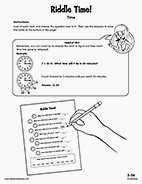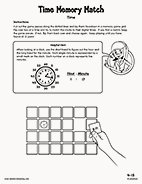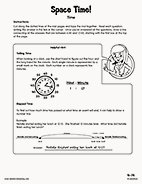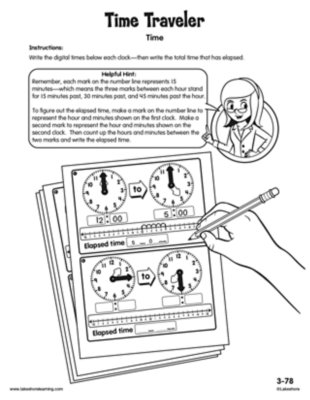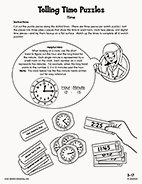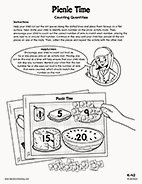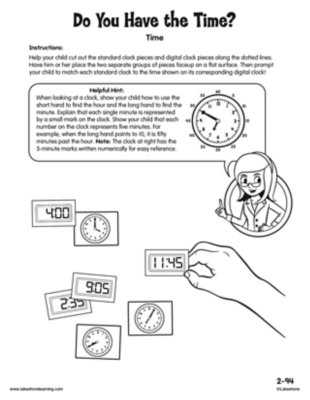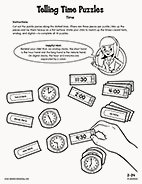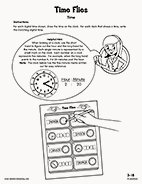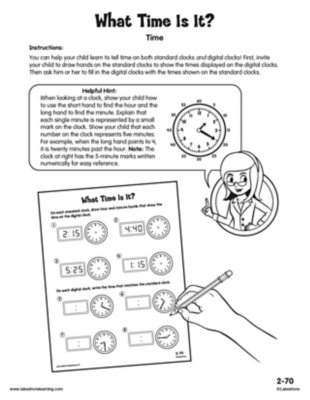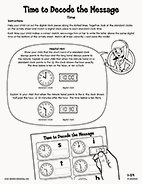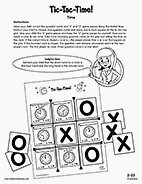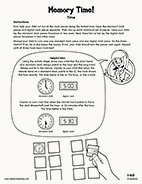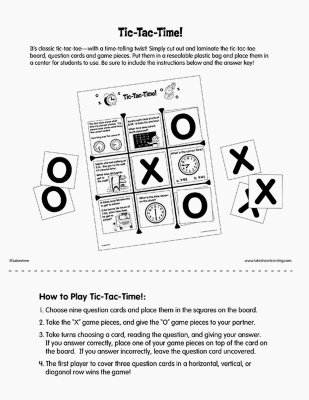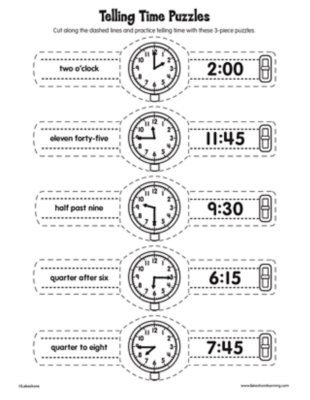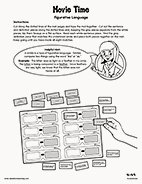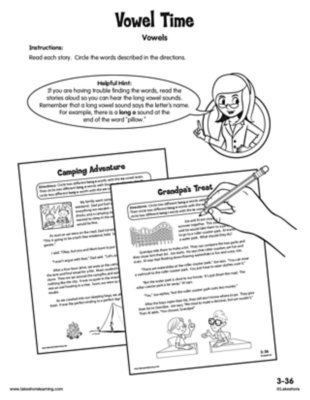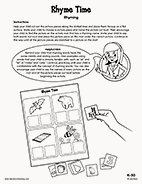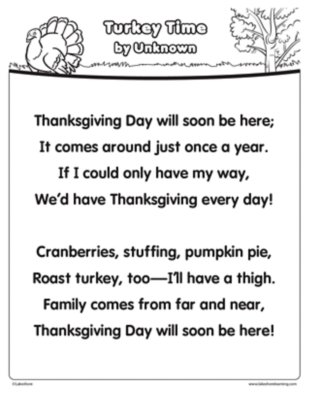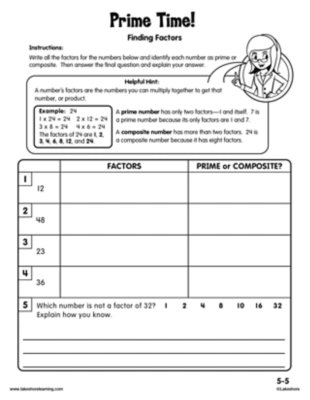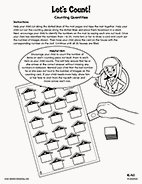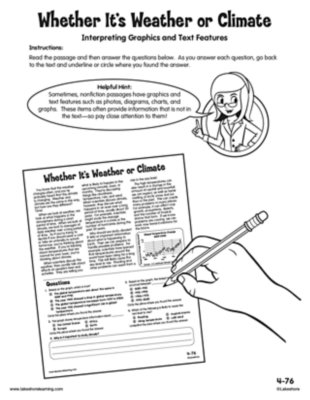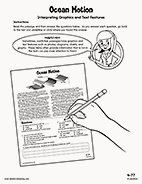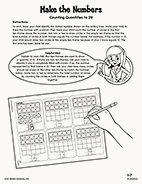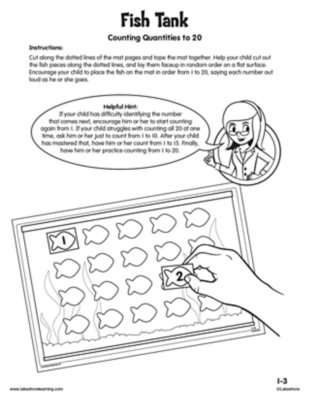Narrow by Grade
Grade
0 results for "time timer" , here are results for "time times"
During third grade, your child will learn to tell and write time to the nearest minute. Your child will also learn to solve problems in which time has elapsed. For example, “The movie started at 5:15 p.m. It was 1 hour and 20 minutes long. What time did the movie end?”
View worksheetWhen entering fourth grade, your child should know how to tell and write time to the nearest minute. Your child should also be able to solve problems in which time has elapsed. For example, “The movie started at 5:15 p.m. It was 1 hour and 20 minutes long. What time did the movie end?”
View worksheetWhen entering fourth grade, your child should know how to tell and write time to the nearest minute. Your child should also be able to solve problems in which time has elapsed. For example, “The movie started at 5:15 p.m. It was 1 hour and 20 minutes long. What time did the movie end?”
View worksheetDuring third grade, your child will learn to tell and write time to the nearest minute. Your child will also learn to solve problems in which time has elapsed. For example, “The movie started at 5:15 p.m. It was 1 hour and 20 minutes long. What time did the movie end?”
View worksheetWhen entering third grade, your child should be able to tell and write time from clock faces and digital clocks to the nearest five minutes. For example, 8:05 a.m. or 2:15 p.m.
View worksheetDuring kindergarten, your child will learn to count as many as 20 objects at a time.
View worksheetDuring second grade, your child will learn to tell and write time from clock faces and digital clocks to the nearest five minutes. For example, 8:05 a.m. or 2:15 p.m.
View worksheetWhen entering second grade, your child should be able to tell and write time in hours and half-hours using clock faces and digital clocks.
View worksheetWhen entering third grade, your child should be able to tell and write time from clock faces and digital clocks to the nearest five minutes. For example, 8:05 a.m. or 2:15 p.m.
View worksheetDuring second grade, your child will learn to tell and write time from clock faces and digital clocks to the nearest five minutes. For example, 8:05 a.m. or 2:15 p.m.
View worksheetDuring first grade, your child will learn to tell and write time in hours and half-hours using clock faces and digital clocks.
View worksheetWhen entering second grade, your child should be able to tell and write time in hours and half-hours using clock faces and digital clocks.
View worksheetDuring first grade, your child will learn to tell and write time in hours and half-hours using clock faces and digital clocks.
View worksheetWhen entering fourth grade, your child should understand figurative language, such as idioms, and be able to distinguish between the literal and nonliteral meanings of words. For example, “It was a piece of cake!”
View worksheetWhen entering third grade, your child should be able to distinguish long and short vowels when reading regularly spelled one-syllable words, such as “mad” and “made,” and know how to spell words using common vowel teams, such as “ai,” “ea,” “ee,” “oa” and “oi.”
View worksheetDuring kindergarten, your child will learn to recognize and create rhyming words.
View worksheetWhen entering fifth grade, your child should be able to identify whether a number is prime or composite and find all the factor pairs for a whole number between 1 and 100. Factors are the numbers that can be multiplied together to reach another number. For example, the factor pairs for 6 are 1 and 6 (because 1 x 6 = 6) and 2 and 3 (because 2 x 3 = 6).
View worksheetDuring kindergarten, your child will learn to count as many as 20 objects at a time.
View worksheetDuring fourth grade, your child will learn to interpret information from charts, graphs, diagrams, time lines, animations and interactive Web pages, and explain how that information helps them understand a text.
View worksheetDuring fourth grade, your child will learn to interpret information from charts, graphs, diagrams, time lines, animations and interactive Web pages, and explain how that information helps them understand a text.
View worksheetWhen entering first grade, your child should be able to count as many as 20 objects at a time.
View worksheetWhen entering first grade, your child should be able to count as many as 20 objects at a time.
View worksheet